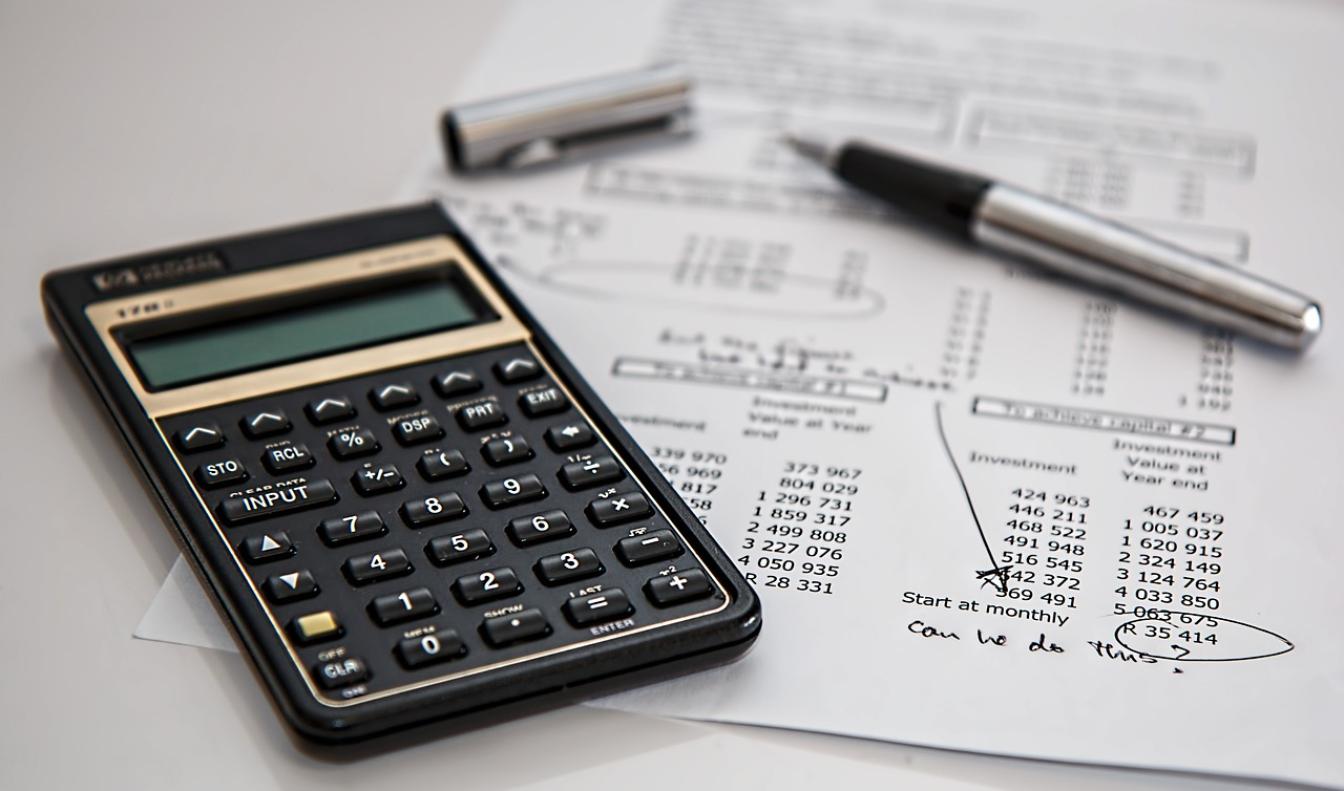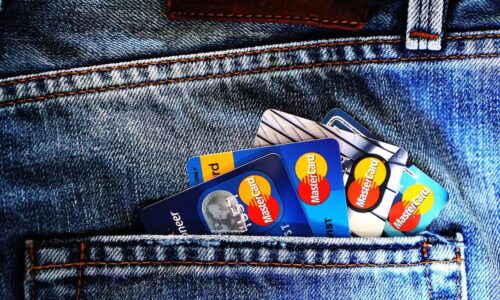
Creating an Emergency Fund: Your Safety Net for Financial Peace
Creating an emergency fund is one of the most impactful financial decisions you can make to ensure long-term security. Setting aside money for unexpected expenses provides peace of mind and can prevent you from taking on debt in times of crisis. Building this safety net involves careful planning, disciplined saving, and a thorough understanding of your financial needs. Here’s a comprehensive guide on how to establish a robust emergency fund.
Why Do You Need an Emergency Fund?
Financial stability is often taken for granted until an unforeseen event disrupts it. Whether you face medical emergencies, job loss, or unexpected home repairs, having an emergency fund allows you to handle such situations without excessive stress. You cannot predict life’s curveballs, but you can prepare for them with sensible financial planning.
An emergency fund is very important. Otherwise, you can grow up to be dependent on too many high-interest loans or credit cards, thereby adding to your financial burden. Making a fund for emergencies protects you from the debt trap and assures a better economic future.
Having an emergency fund means less stress and more control over your finances. It’s a buffer that protects your long-term financial goals from being derailed by short-term crises. In essence, it empowers you to tackle life’s uncertainties with confidence and dignity.
How much capital would you preserve in an emergency fund?
Choosing the appropriate amount for your emergency fund depends upon your unique circumstances. Generally, financial gurus advocate saving three to six months of living expenses. This range provides a cushion that can cover a broad spectrum of emergencies, from minor repairs to major life changes.
First, look at your monthly expenses. Add up rent or mortgage payments, utilities, food, transportation, insurance, and any other absolute necessities. After you know how much you need each month, multiply this number by three to six to find the amount you need to save.
Remember, your emergency fund should be liquid and easily accessible. It’s not about generating returns but ensuring that you have immediate access to cash. Start small if you need to; even saving $500 can provide significant relief in unexpected situations and give you a foundation to build upon.
Where can you deposit your emergency funds?
Once you’ve decided how much to store, the next step is to identify where to store your emergency fund. The secret is to keep it somewhere on hand but break away normal money owed to avoid the temptation of using it for non-emergencies. High-yield financial savings money owed, cash marketplace bills, and even brief-time period certificates of deposit (CDs) are suitable options.
A high-yield savings account is generally the best option, as it provides liquidity and offers interest rates higher than traditional savings accounts. Money market accounts can also be beneficial, combining the features of savings and checking accounts, thereby offering some flexibility. For those who prefer a fixed interest rate, short-term CDs can be considered, provided you are aware of the penalties for early withdrawal.
Keep in mind that while accessibility is crucial, the primary objective is not to view this fund as an investment vehicle. The stability and liquidity of your emergency funds should take precedence over potential earnings. Your main focus should be on ensuring that the money is readily available when you need it the most.
How Can You Start An Emergency Fund with a Tight Budget?
Starting an emergency fund can also appear daunting, particularly if you’re in a tight price range. However, small, constant efforts can cause full-size financial savings over time. The first step is to assess your price range and discover areas where you may cut back, although most effective slightly. Creating a budget allows you prioritize financial savings while handling essential prices
Begin by setting a realistic initial intention, consisting of saving $1,000. Track your prices to locate potential financial savings possibilities, like dining out less or canceling unused subscriptions. Automation of your savings is another excellent tactic. Set up automated transfers for your personal savings account that coincide with your pay schedule to make guaranteed, consistent payments.
Further, consider augmenting your income through side gigs, freelance work, or selling unused items. Even small, additional earnings can significantly boost your savings potential. Starting an emergency fund may take time, but with disciplined saving and creative income-generating efforts, you’ll gradually build a solid financial buffer.
How can you automate your fund of emergencies savings?
Automating your financial savings is one of the only strategies to ensure constant funding of your emergency fund. Doing so takes advantage of the “set it and neglect it” method, releasing you from the temptation to bypass contributions. Start with the aid of putting in automatic transfers from your bank account to your emergency fund on payday.
Nearly every bank offers tools for automation. You can schedule recurring transfers to occur monthly, biweekly, or even weekly, depending on your income frequency. This disciplined approach makes saving an ingrained habit and ensures you prioritize your emergency fund.
Additionally, leveraging technology through monetary apps can improve your spending behavior and help you discover opportunities to save more efficiently. Some apps even allow for “spherical-up” contributions, where purchases are rounded to the nearest greenback, directing the greater trade to your savings account. Automating your financial savings makes building an emergency fund nearly effortless.
What Mistakes Should You Avoid When Building an Emergency Fund?
Building an emergency fund is a essential economic challenge, but it is easy to make mistakes along the way. One not unusual pitfall is underestimating your monthly charges, that can cause an inadequately funded emergency account. Always make certain to account for all vital expenses, including the ones which might be regularly ignored, like insurance charges or annual subscriptions
Another mistake is using your emergency fund for non-emergencies. Temptation can be strong, especially when the fund grows, but it’s crucial to keep it reserved strictly for true emergencies. Consider establishing a separate savings account for planned expenses like vacations or home improvements to avoid dipping into your emergency fund.
Lastly, neglecting to periodically reassess your emergency fund can be problematic. As your financial situation changes—whether due to a raise, additional expenses, or inflation—your savings goals should be adjusted accordingly. Regular reviews of your emergency fund ensure it remains adequate to cover your current needs.
How Do You Rebuild Your Emergency Fund After Using It?
If you’ve depleted your emergency fund, you should replenish it as soon as possible. First, consider the event that prompted you to withdraw and reset your financial resources in order to accommodate any new economic situations. Increase your monthly contributions or channel windfalls and bonuses into the fund to help it recover faster.
Set a timeline to replace the fund. Now, this has to be thought of as a mandatory financial goal—like paying off debt or saving for retirement. Create a temporary, tighter budget if need be, cutting back on discretionary spending to accelerate the rebuilding process.
Lastly, consider establishing a buffer zone—a smaller secondary fund that can handle minor unexpected expenses. This allows your primary emergency fund to remain largely intact for more significant emergencies, reducing the frequency of withdrawals and ensuring more extended stability.
How does an emergency fund make a contribution to overall financial fitness?
An emergency fund is more than just a monetary safety net; it’s an essential detail of your usual economic health. Having an economic cushion provides the peace of mind to focus on lengthy-term desires like retirement savings, investment techniques, or buying a home. Knowing how you are organized for sudden costs frees you from anxiety and lets in more strategic monetary planning.
Moreover, an emergency fund can prevent destructive financial behaviors like accumulating high-interest debt. When an emergency hits, those without a savings buffer might rely on credit cards or loans, leading to a vicious debt cycle. Breaking free from this cycle begins with having readily available funds for emergencies, thereby protecting your credit score and long-term financial goals.
Finally, an emergency fund can also enhance your financial freedom. It lets you take calculated risks, consisting of beginning a brand new commercial enterprise or changing careers, understanding that your daily dwelling charges are included. This useful flexibility underscores simply how essential an emergency fund is for monetary well-being and peace of mind.
How Can You Stay Motivated to Build Your Emergency Fund?
Staying motivated to build an emergency fund can be challenging, but setting clear, achievable goals will keep you focused. Begin by visualizing what financial security means to you and how an emergency fund contributes to that vision. Break your savings goal into smaller milestones to make the task less daunting, and celebrate each achievement along the way.
Providing yourself with tangible reminders of your progress can also be immensely motivating. Use financial apps to track and display your savings growth graphically. Watching your fund increase over time reinforces your efforts and keeps you committed to your financial health.
Lastly, involve others in your adventure. Whether it’s a supportive friend, partner, or online network, accountability can drastically increase motivation. Sharing your dreams and development with someone else can provide encouragement and help you live disciplinedly, ultimately leading to the status quo of your emergency fund.
What Are the Best Strategies to Grow Your Emergency Fund?
Growing your emergency fund requires a blend of conscious effort and smart financial practices. One effective strategy is to make saving a game. Challenge yourself to find new ways to cut costs, like hunting for discounts, using coupons, or adopting minimalist living principles. Each dollar saved can then be funneled into your emergency fund.
Another approach is to turn unexpected earnings into savings. Tax refunds, work bonuses, or even money from selling unused items can be directly deposited into your emergency fund. Treat these windfalls as opportunities to boost your savings rapidly, rather than spending them on discretionary items.
Finally, consider periodic financial reviews. Assess your current expenses and income to identify new ways to save or increase contributions. Adjust your budget if necessary, focusing on growing your fund steadily. Regular reviews ensure you stay on track and make necessary adjustments to meet your financial goals.
How Can You Establish an Emergency Fund Early?
Establishing an emergency fund early in life can set the stage for a lifetime of financial security. If you’re just starting out, take advantage of the power of compound interest by saving early. The earlier you start, the longer your money has to grow, making small, regular contributions especially powerful.
For younger people, it’s okay to start small—aiming to save $500 will give you confidence and create a necessary cushion for small emergencies. Over time, you can further develop your fund as your income increases. Focus on building your emergency fund with other important savings goals, such as paying off student loans or retirement.
Leverage technology to your advantage. Financial apps can automate savings, track spending habits, and send reminders to contribute to your fund. The discipline formed early in life can become a lifelong habit, ensuring you always have a safety net, regardless of the financial phase you’re in.
How does an emergency fund affect your mental health?
An emergency fund goes a long way toward securing mental well-being. The root of anxiety is usually financial stress, which can drain not only one’s mental but also physical health. Just the realization that you have a specific pool kept aside to draw upon in times of exigency acts as an incredible liberation. It helps the mind, creates a minimum of stressors, and adds to feelings of security.
When faced with unexpected financial setbacks, those with an emergency fund can handle the situation more calmly and rationally. This mitigates panic-driven decisions such as rushing to take out high-interest loans or relying on credit cards. Such financial ease lessens the mental burden, allowing you to focus on resolving the issue effectively.
What’s more, secure financial ground supports overall life satisfaction. When issues about money are lessened, you will find it easier to focus on your development in the workplace, nurture relationships, and pursue other significant life aspirations. Having an emergency fund thus protects not just your financial but also your emotional well-being.
What role does an emergency fund play in your investment strategy?
An emergency fund bureaucracy is at the heart of any specific funding system. Before making any investments, you must have a fully funded emergency account. This will ensure that you do not have to liquidate investments at a loss in times of emergency, thereby protecting your long-term economic ambitions.
With a robust emergency fund, you have the confidence to take calculated investment risks. Knowing that your day-to-day expenses are covered allows you to explore investment opportunities without the constant worry of having to access funds prematurely. This balance between secure savings and strategic investing fosters a diversified and resilient financial portfolio.
Furthermore, an emergency fund provides a psychological safety net, minimizing emotional reactions to market volatility. When stock prices dip, you are less likely to make impulsive decisions driven by fear if you know your immediate financial needs are secured. This emotional resilience reinforces disciplined investment behavior and contributes to sustainable financial growth.
Citations to this article:
- Investopedia, Emergency Fund, Investopedia, August 30, 2024
- Medium, Emergency Fund - What And Why: Your Financial Safety Net, Medium, September 19, 2023, August 30, 2024
- TDECU, Emergency Fund: How to Build the Best Safety Net, TDECU, April 11, 2023, August 30, 2024
- Consumer Financial Protection Bureau, An essential guide to building an emergency fund, Consumer Financial Protection Bureau, August 30, 2024
- Western State Bank, Building an Emergency Fund: Your Financial Safety Net, Western State Bank, August 17, 2023, August 30, 2024
Post Disclaimer
The information contained in this post is for general information purposes only. The information is provided by Creating an Emergency Fund: Your Safety Net for Financial Peace and while we endeavour to keep the information up to date and correct, we make no representations or warranties of any kind, express or implied, about the completeness, accuracy, reliability, suitability or availability with respect to the website or the information, products, services, or related graphics contained on the post for any purpose.




